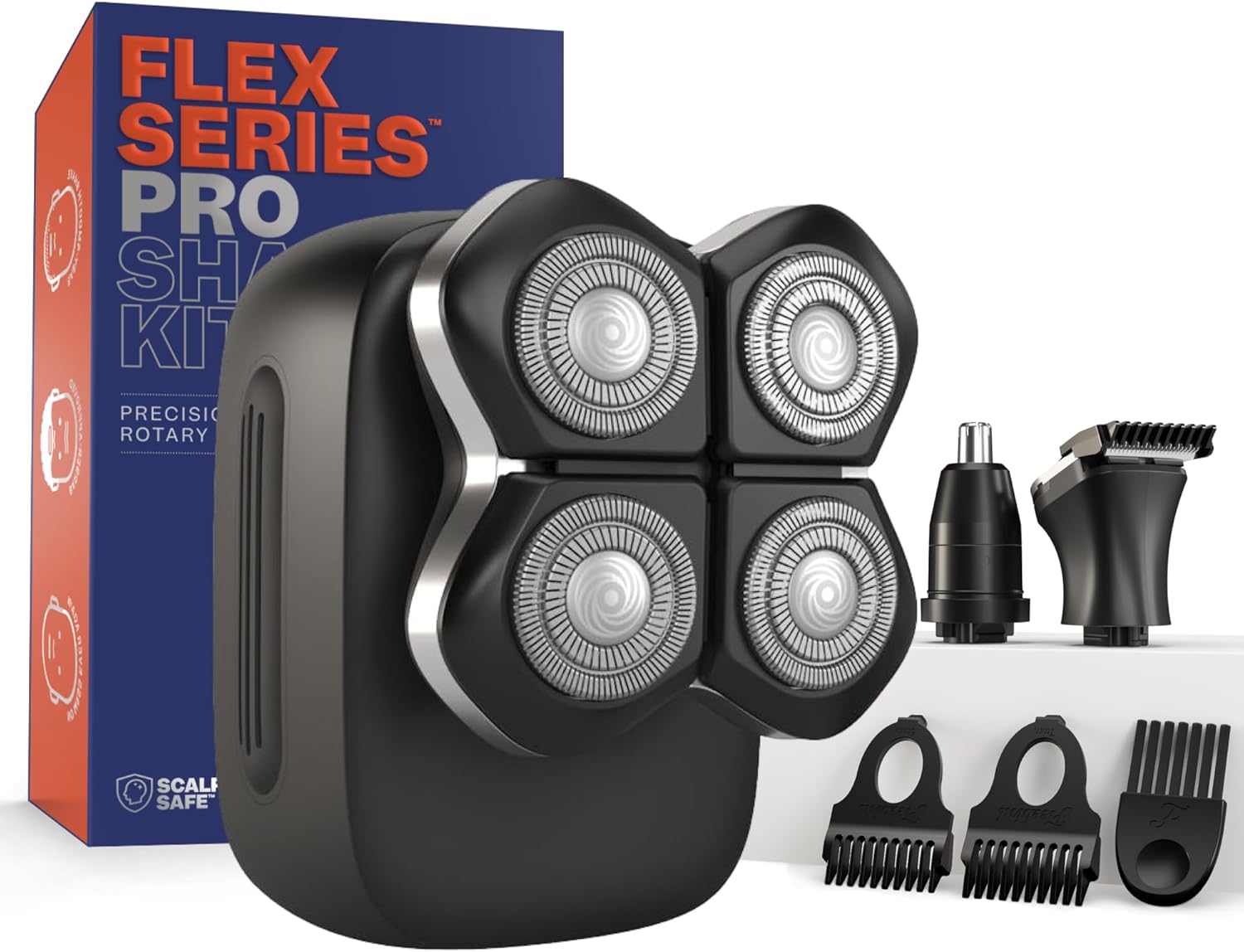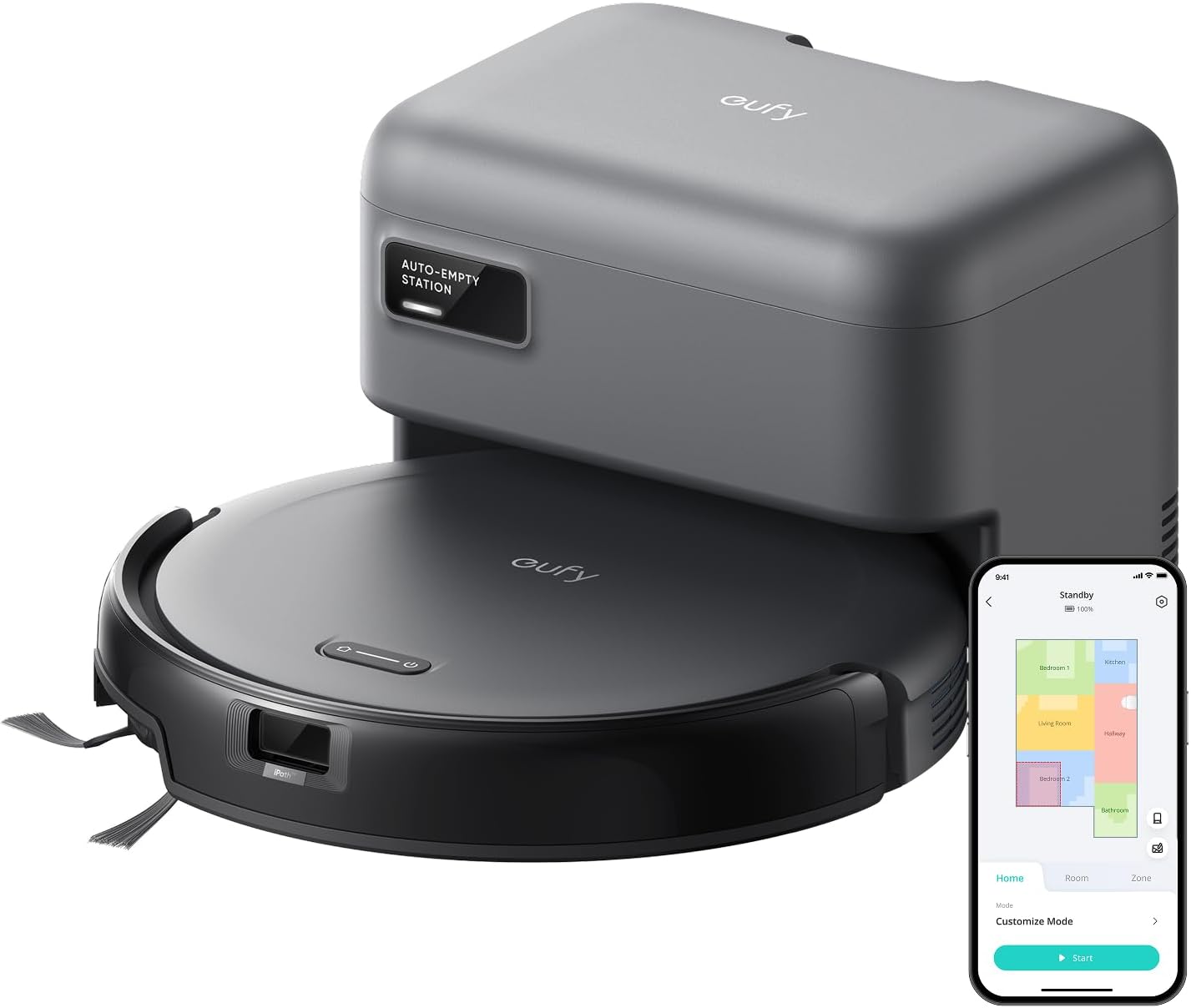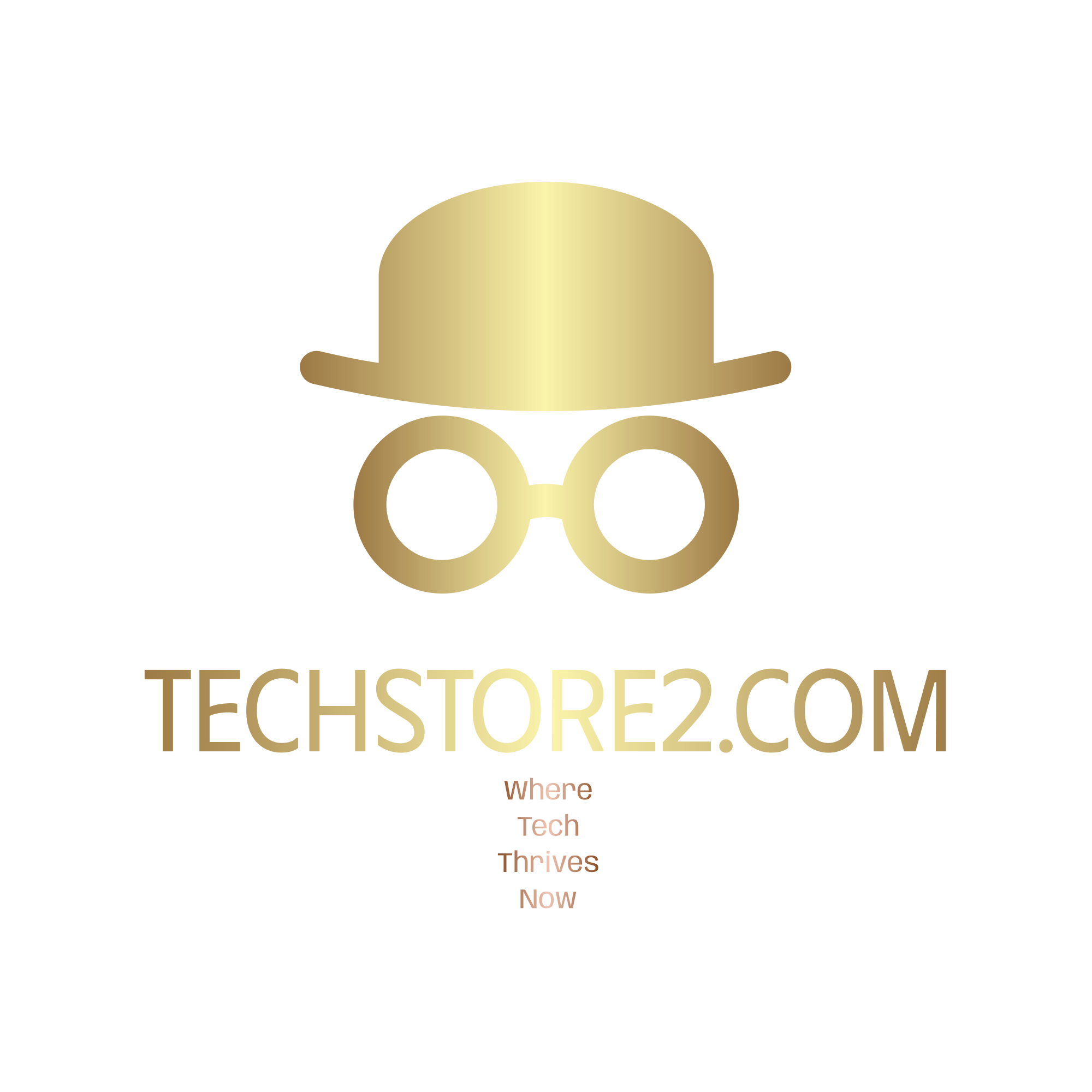Introduction to Data Storage Technologies
Data storage technologies have undergone significant evolution since their inception, affecting how we store, access, and manage information on our devices. Two of the most prevalent types of storage solutions currently available are traditional hard drives (HDDs) and solid-state drives (SSDs). Both have their unique architectures, benefits, and drawbacks, making the understanding of these technologies essential for making informed decisions regarding computing performance.
Traditional hard drives (HDDs) operate using mechanical components, specifically comprising spinning disks coated with magnetic material and read/write heads that move across the surfaces to access data. This technology has a long history, dating back to the 1950s, and while it has served well over the decades, HDDs face limitations regarding speed, durability, and power efficiency. Their mechanical nature makes them susceptible to physical damage and performance degradation over time, particularly when subjected to frequent read/write cycles.
On the other hand, solid-state drives (SSDs) represent a more modern approach to data storage. Instead of relying on spinning disks, SSDs utilize flash memory, which enables them to store data on interconnected memory chips. This technology results in significantly faster data access and transfer speeds, lower latency, and enhanced resistance to physical shock, making SSDs an attractive choice for users seeking high-performance computing. The evolution of SSDs has been substantially influenced by advancements in semiconductor technology, transforming them from a niche option to a mainstream choice.
Understanding both HDD and SSD technologies is crucial for consumers and businesses alike, as their distinct characteristics can greatly impact computing tasks. In various applications, such as gaming, content creation, and enterprise-level storage solutions, the choice between a traditional hard drive and a solid-state drive can determine overall efficiency and performance outcomes.
How Traditional Hard Drives Work
Traditional hard drives, commonly known as HDDs (Hard Disk Drives), utilize a mechanical approach to store and retrieve data. At the core of an HDD are one or more spinning disks, or platters, coated with a magnetic material. These disks rotate at high speeds, typically ranging from 5,400 to 7,200 RPM for consumer devices, while enterprise models might achieve speeds of 15,000 RPM. The rotation of the disks creates a consistent flow of data, allowing the read/write heads to access various sectors of information on the platters.
The read/write heads, lightweight arms equipped with magnetic sensors, hover just above the spinning platters but do not touch them, effectively preventing any potential damage. When data is written to the drive, the read/write head changes the magnetic orientation of the surface beneath it, creating a binary code of ones and zeros. Conversely, when data needs to be accessed, the head interprets the magnetic patterns back into read operations. This intricate interplay between the spinning disks and the movement of the read/write heads enables HDDs to function efficiently, albeit at slower speeds compared to their solid-state counterparts.
HDDs are often favored in scenarios where high storage capacity is needed at a lower cost-per-gigabyte. Due to their mechanical design, they excel in applications like data archiving, home and office desktop storage, and backup solutions. Consequently, HDDs remain prevalent in personal computers, external drives, and enterprise storage systems, thanks to their ability to offer large amounts of data for relatively affordable prices. Despite the emergence of SSDs (Solid-State Drives), HDDs continue to hold a significant place in the current marketplace, particularly in situations where storage demands outweigh the necessity for speed.
Understanding Solid-State Drives
Solid-State Drives (SSDs) represent a significant advancement in computer storage technology, leveraging modern electronic components to offer enhanced performance and durability. Unlike traditional Hard Disk Drives (HDDs) that rely on spinning disks and mechanical read/write heads, SSDs utilize NAND flash memory to store data. This absence of moving parts makes SSDs more resistant to physical shock, reducing the risk of data loss due to accidental drops or impacts.
Data in Solid-State Drives is read and written electronically. When a file is saved to an SSD, it is stored in memory cells that are arranged in a grid-like structure. This architecture allows for rapid access and retrieval of data. The innovation of flash memory also means that SSDs can access data almost instantaneously, providing read speeds that can exceed 500 MB/s and write speeds of up to 400 MB/s in consumer-grade devices. In comparison, traditional hard drives, which typically operate at around 100 MB/s, can create a noticeable delay in performance, particularly during boot-up times or when launching applications.
Moreover, SSDs deliver superior durability over their HDD counterparts. The solid-state nature of these drives results in lower power consumption and less heat generation, contributing to a longer lifespan under regular use. They are also less prone to failure due to mechanical wear and tear. This durability is particularly advantageous for mobile devices and laptops, where portability is coupled with exposure to various conditions that could affect hardware integrity. Overall, the integration of SSD technology into daily computing has fundamentally transformed user experience by offering faster speeds and enhanced reliability.
Comparative Analysis of HDDs and SSDs
When evaluating storage technologies, traditional hard drives (HDDs) and solid-state drives (SSDs) exhibit distinct characteristics that impact their performance and suitability for diverse applications. One primary aspect to consider is speed. SSDs utilize flash memory, enabling them to access data almost instantaneously, which results in significantly quicker boot times and file transfers compared to HDDs, which rely on spinning disks and read/write heads. The difference in speed is particularly noticeable in tasks involving the loading of large files or intensive applications.
Another essential criterion for comparison is storage capacity. While both HDDs and SSDs are available in various capacities, HDDs typically offer a greater storage capacity at a lower cost per gigabyte. This makes them an attractive option for users requiring large amounts of data storage, such as video editors or gamers. Conversely, SSDs tend to provide less storage at a higher price point, though their dominance in the market is steadily increasing, which may lead to further storage options becoming available in the future.
Durability is another factor that sets these two technologies apart. SSDs are more resistant to physical shocks and extreme temperatures, as they lack moving parts, making them a preferred choice for portable devices. Meanwhile, HDDs are more prone to failure due to their mechanical components, which can lead to data loss during physical impacts.
In terms of power consumption, SSDs use less energy compared to HDDs, resulting in better battery life for laptops and portable devices. This aspect is increasingly significant as mobile computing becomes more prevalent. Lastly, pricing remains a critical consideration; while SSDs have become more affordable in recent years, HDDs still provide a cost-effective solution for bulk storage needs. Each storage type presents unique advantages and disadvantages, tailored to meet the demands of various users.
Pros and Cons of SSD Drives
Solid State Drives (SSDs) represent a significant advancement in storage technologies, offering several advantages over traditional hard drives. One of the most noteworthy benefits of SSDs is their impressive read and write speeds. Unlike conventional hard drives, which rely on spinning disks and mechanical arms to access data, SSDs utilize flash memory, enabling near-instantaneous access. This technology allows for faster boot times, quicker application launches, and enhanced overall system performance, making SSDs particularly appealing for users who require speed, such as gamers and content creators.
Another advantage of SSDs is their lower power consumption. With the absence of moving parts, SSDs operate more efficiently than their hard disk counterparts, consuming less energy during operation. This feature not only contributes to longer battery life in portable devices but also reduces heat generation, which can improve the longevity of the device. Furthermore, the resistance of SSDs to physical shock provides additional benefits in terms of durability. As SSDs do not have any moving components, they are less susceptible to damage from drops or jostling, ensuring data safety in a variety of conditions.
Despite these advantages, SSDs have certain drawbacks that potential users should consider. The most significant downside is their higher cost per gigabyte compared to traditional hard drives. This price difference can be a deciding factor for consumers and businesses looking for extensive storage capacity at a lower cost. Additionally, SSDs have a limited number of write cycles, which may present a concern for applications involving frequent data writing. Although advancements in technology are improving the lifespan of SSDs, this limitation is still a consideration for tasks that require extensive data modifications.
The Future of Data Storage: Are HDDs Becoming Obsolete?
The landscape of data storage is undergoing significant transformation, primarily influenced by the emerging dominance of Solid State Drives (SSDs) over traditional Hard Disk Drives (HDDs). While HDDs have long been the standard for data storage due to their cost-effectiveness and capacity, the rapid advancements in SSD technology are reshaping consumer preferences and market dynamics. Modern SSDs offer remarkable speed, durability, and energy efficiency compared to their HDD counterparts, making them increasingly attractive for both personal and enterprise applications.
Presently, one of the predominant trends favoring SSD adoption is the rising demand for faster data access and improved performance. In an age where quick load times and seamless multitasking are paramount, SSDs provide unparalleled read and write speeds, which significantly enhances the overall computing experience. Additionally, as software applications become more sophisticated and data-intensive, the limitations of traditional HDDs become more apparent, further accelerating the migration toward SSD solutions.
Moreover, the increasing proliferation of mobile devices, laptops, and ultra-thin computers has also played a crucial role in diminishing the role of HDDs in the market. The lightweight and compact nature of SSDs aligns well with the portability requirements of modern technology. As these devices become more commonplace, consumers are less inclined to choose the bulkier and less efficient HDDs.
However, HDDs are not entirely devoid of relevance. They still excel in providing larger storage capacities at a lower price point, making them suitable for archiving vast amounts of data, such as in data centers and for backup solutions. Nonetheless, as innovations continue to improve SSD affordability and capacity, the question remains: will HDDs maintain their place in the storage hierarchy, or will they inevitably become obsolete in the face of an evolving technological landscape?
Use Cases for Traditional Hard Drives
Despite the growing preference for Solid State Drives (SSDs) in various applications, Traditional Hard Drives (HDDs) maintain significant relevance in specific scenarios. One of the most prominent use cases for HDDs is in data centers. Given their capacity for massive storage at comparatively lower costs, HDDs are an optimal choice for environments that require extensive data storage without the necessity for rapid access times. Data centers often manage large volumes of information that do not require the speed provided by SSDs, making HDDs an economically viable option for long-term data retention.
Another area where HDDs continue to play a vital role is in backup solutions. Organizations prioritize cost-effectiveness and large capacities when selecting mediums for backup storage. HDDs offer substantial storage capacity, allowing businesses to safely archive large quantities of data without incurring exorbitant costs. Moreover, the slower read/write speeds of HDDs are often acceptable in scenarios where data needs to be restored rather than accessed immediately, such as during scheduled backups or disaster recovery processes.
Moreover, in budget-constrained environments, HDDs remain an attractive option. For users or organizations with limited financial resources, HDDs provide a value-for-money solution due to their lower price per gigabyte compared to SSDs. This affordability enables consumers to acquire systems with superior storage capacities at a fraction of the cost of SSDs. This is particularly relevant in educational institutions, small businesses, or home users who prioritize storage over performance.
In conclusion, while SSDs dominate the conversation about modern storage technologies, Traditional Hard Drives have specific use cases where their unique advantages come to light. Whether in data centers, backup solutions, or budget-sensitive situations, HDDs serve as indispensable components of effective storage strategies.
The Best of Both Worlds: Hybrid Drives
In the ever-evolving landscape of data storage solutions, hybrid drives have emerged as a notable option that seeks to bring together the advantages of both traditional hard disk drives (HDDs) and solid-state drives (SSDs). A hybrid drive, often referred to as a solid-state hybrid drive (SSHD), integrates a conventional HDD with a small amount of SSD storage. This configuration allows users to benefit from the sizable storage capacity characteristic of HDDs, while also harnessing the speed benefits associated with SSD technology.
One of the primary advantages of hybrid drives is their ability to offer users a balance between performance and capacity. An SSHD can store large amounts of data, accommodating vast media libraries, extensive software suites, and multiple applications. This appealing feature particularly suits users who require significant storage but do not want to sacrifice performance. By incorporating a flash memory cache, hybrid drives can expedite data access times, launching frequently used applications and files with astonishing quickness compared to traditional HDDs.
For many users, especially gamers and content creators, hybrid drives provide an excellent compromise. They can achieve speeds closer to SSDs while managing to maintain a cost-effective means of storing data. The technology continually learns and optimizes based on user preferences, ensuring that the data most commonly accessed resides in the faster solid-state storage. This intelligent data management significantly enhances overall system responsiveness without the high price tag typically associated with full SSD solutions.
While ensuring that users can experience the high capacity of traditional hard drives alongside the rapid performance of SSDs, hybrid drives remain a viable choice. The coexistence of both technologies within a single unit presents a solution that meets the diverse needs of modern users, making hybrid drives an attractive option in the battle of storage technologies.
Conclusion and Final Thoughts
In wrapping up our exploration of traditional hard drives (HDDs) versus solid-state drives (SSDs), it is imperative to recognize the distinct advantages and specific use cases for each storage technology. Throughout this discussion, we have highlighted the foundational differences between HDDs and SSDs, including their performance characteristics, durability, and cost-effectiveness. HDDs, with their mechanical components and large storage capacities, are often favored for users requiring substantial space at a lower cost, making them ideal for archival storage and less demanding applications. Conversely, SSDs, known for their speed and reliability due to the absence of moving parts, have firmly positioned themselves as the preferred option for high-performance computing tasks, gaming, and situations where speed is paramount.
Moreover, the choice between HDD and SSD now involves considering factors such as data accessibility, read/write speeds, and thermal efficiencies, which are increasingly important in today’s digital landscape. As technology continues to evolve, with innovations such as NVMe and hybrid drives emerging, understanding the nuances of these storage solutions becomes critical for consumers and professionals alike. Looking forward, it will be essential to adapt to these advancements and to keep abreast of developments in storage technology that promise even greater performance and efficiency.
Ultimately, selecting the right storage solution depends on individual needs and future requirements. As we navigate an era marked by an ever-increasing demand for data storage and faster access, encouraging continued research and education about these technologies will empower consumers to make informed decisions. Following the progress in storage technologies will not only facilitate better choices today but also prepare us for the transformations yet to come in the realm of data storage.





















